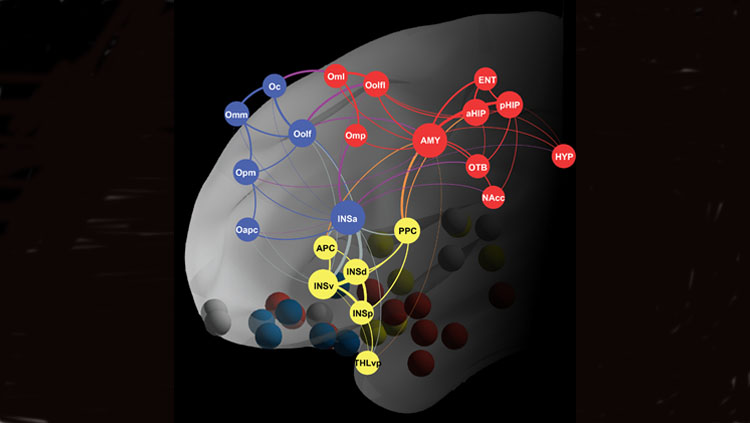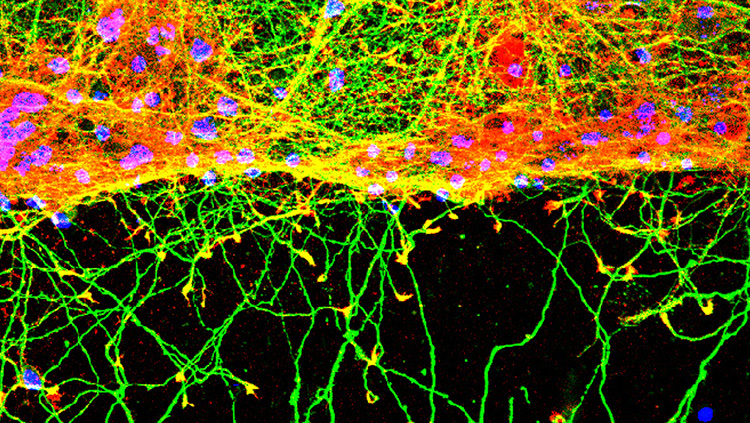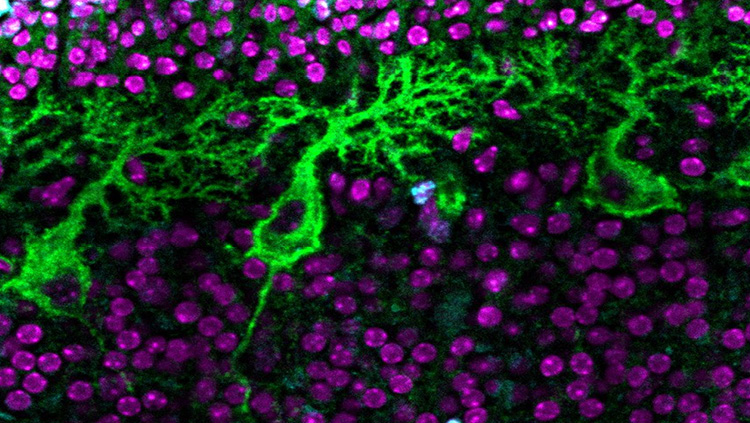Neuroimaging
Explore resources and articles on using neuroimaging techniques for neural circuit interrogation.
-
 Data Sharing Principles to Promote Open Science
Data Sharing Principles to Promote Open ScienceThe FAIR principles, developed by the neuroscience community with the objective of promoting open science, are outlined by the International Neuroinformatics Coordinating Facility as ensuring data is findable, accessible, interoperable, and reusable.
These principles aim to enhance the ability of machines to find and use data, allowing individual researchers to cite data sets to inform more advanced studies — in short, how machines can solve the problem of having too much data to sort, in no single format.
Representing tool development initiatives, publishing, and data science, speakers from academia and industry across the globe come together in this workshop to present solutions for sharing, publishing, and collaborating in neuroscience.
They’ll cover the principles in detail, data standards and repositories, ethical and legal issues such as General Data Protection Regulation in the European Union, and Brain Imaging Data Structure, a way of organizing neuroimaging and behavioral data. From the publishing perspective, they’ll also propose questions to consider when publishing a paper, such as how to share your data and what information to make available.
To learn more about the best practices for data sharing, watch workshops on FAIR in neurotrauma and improving reproducibility in neuroscience.
-
 Short Course: Introduction to Neuroinformatics
Short Course: Introduction to NeuroinformaticsTrainingSpace (TS) is an online hub that aims to make neuroscience educational materials more accessible to the global neuroscience community. As a hub, TS provides users with access to:
- Multimedia educational content from courses, conference lectures, and laboratory exercises from some of the world’s leading neuroscience institutes and societies.
- Study tracks to facilitate self-guided study.
- Tutorials on tools and open science resources for neuroscience research.
- A Q&A forum.
- A neuroscience encyclopedia that provides users with access to over 1,000,000 publicly available datasets as well as links to literature references and scientific abstracts.
Topics currently included in TS include: general neuroscience, clinical neuroscience, computational neuroscience, neuroinformatics, computer science, data science, and open science.
All courses and conference lectures in TS include a general description, topics covered, links to prerequisite courses if applicable, and links to software described in or required for the course, as well as links to the next lecture in the course or more advanced related courses. To learn more about TrainingSpace, visit: https://training.incf.org
-
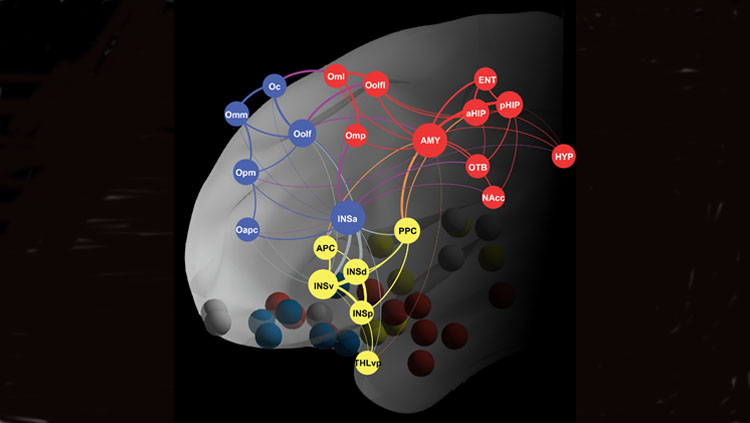 The Smell Network: The Brain’s Architecture for Human Olfaction
The Smell Network: The Brain’s Architecture for Human OlfactionMaterial below summarizes the article Functional Connectome Analyses Reveal the Human Olfactory Network Organization, published on May 29, 2020, in eNeuro and authored by T. Campbell Arnold, Yuqi You, Mingzhou Ding, Xi-Nian Zuo, Ivan de Araujo and Wen Li.
Highlights
- Smell is borne out of a network of interconnected regions that are distributed across the brain.
- The larger odor processing network consists of three smaller subnetworks, which serve different functional purposes.
- Segregation of subnetworks helps to insulate the different functions and facilitates olfactory perception.
-
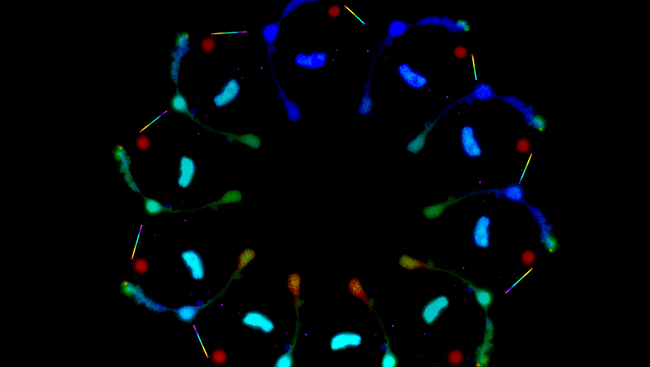 Predicting Future Diagnosis from Brain Data Alone
Predicting Future Diagnosis from Brain Data AloneImagine you are the parent of two children. Your oldest, a boy, was diagnosed with autism last year and just celebrated his fourth birthday. Your youngest, a girl, is six months old. You’ve heard that autism runs in families; you know this means that your daughter is at higher risk than most children. But you’ve also heard that boys tend to get autism at a higher rate than girls. Your daughter, like her brother, is a poor sleeper, and sometimes you wonder whether she is more interested in looking at the ceiling fan than at you…but other times she smiles at you or her brother and seems very engaged. You find yourself making comparisons between your two children frequently, and wondering…will she have autism too?
A friend tells you that just last year, researchers were able to scan the brains of babies when they were six to twelve months old and predict, for the first time, who would develop autism by age two. Your friend then poses the inevitable question: would you want this test for your daughter?
-
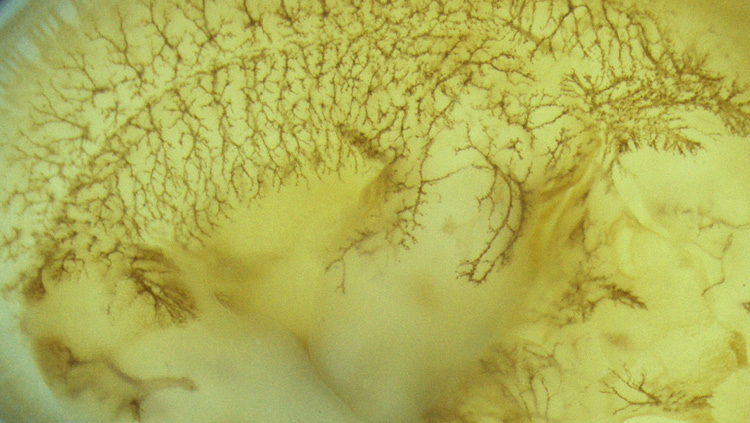 Neuroimaging Journal Articles
Neuroimaging Journal ArticlesRead the latest research on the use of neuroimaging to interrogate neural circuits.








